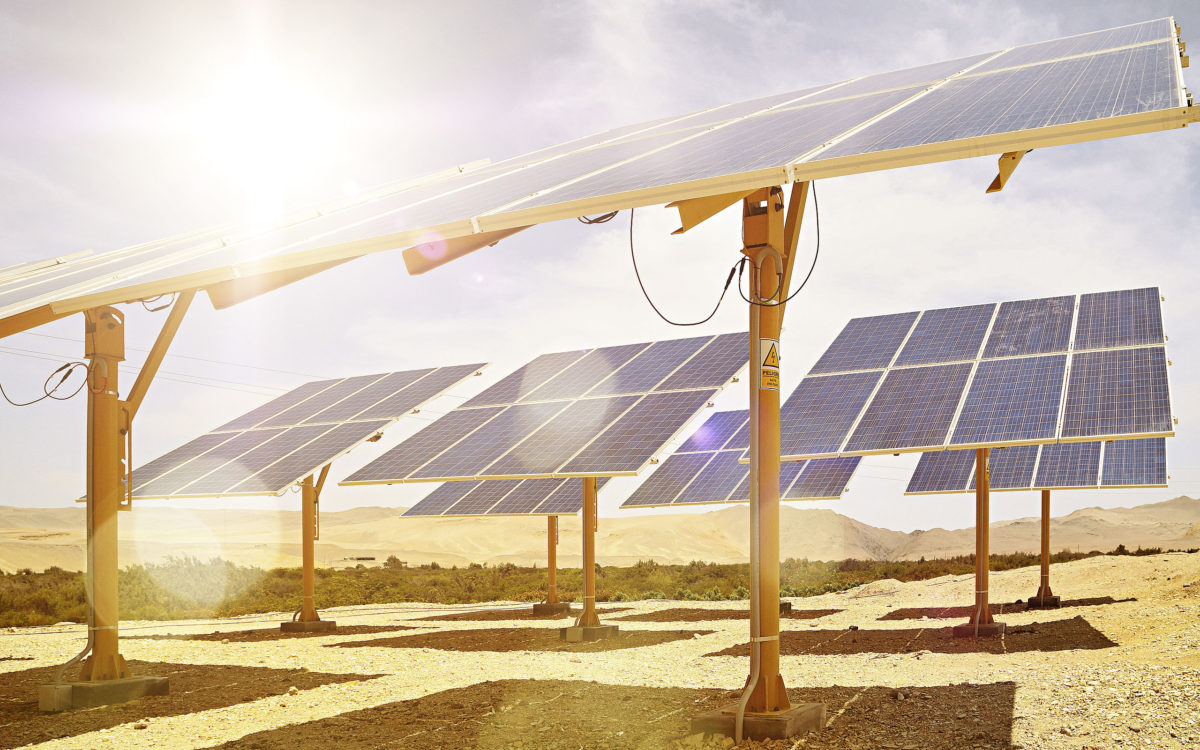Last year was another breakthrough year for solar energy, as prices tumbled to levels that would have been barely believable just 12 months previous. Amongst the most dramatic solar headlines of 2016 were three significant solar price world records being broken, first in Dubai, then in Mexico, and finally in Abu Dhabi, where a jaw dropping bid of US 2.42 cents per kWh was entered in a tender for a utility-scale project in the UAE.
This has given way to revitalized enthusiasm that solar PV will be the most prevalent energy source of the future, as analysts have scrambled to update forecasts for average solar prices in the coming years; with exciting results. Fresh 2017 analysis from leading market analysts BNEF has now predicted that the average global price for solar power could be less than coal within just 10 years, which is actually not so unbelievable, considering that it is already cheaper than coal in some parts of the world.
Incredibly, average solar prices are down 62% since 2009, with cuts to costs coming right along the industry’s supply chain, from the manufacturing of polysilicon, up to the manufacturing of modules, and even across the balance of systems technology, such as inverters and trackers. Currently, the average price for solar capacity installed at utility-scale solar plants is $1.14 per watt, with this expected to drop below a dollar by 2022, and then to just 73 cents by 2025, which is when it would drop below coal, according to BNEF.
Of course, the price drops will occur at different speeds in different countries, while coal prices will remain low in countries such as India and China that have large domestic coal reserves. As the largest solar market, China is only expected to see PV power prices drop below coal by 2030, but by this time much of the rest of the world will have already experienced the price transition.
Driven by technology and experience
One of the main drivers for the drop in solar power prices is the progress of the technology used in the manufacturing process and for the balance of systems. This is enabling huge increases in solar efficiency when modules are placed in areas with the same levels of solar irradiation. This trend is likely to continue, as large swaths of investment is going into research and development in the industry.
In addition to this, a more mature industry, with much more experience is helping navigate the problems of the past, and helping promote the adoption of solar for the future. Particularly important is the development of economies of scale, and enabling policies in countries to let solar markets thrive. Of course, this is not happening everywhere (just ask the U.K.), but emerging markets are propping up all over the world, which have learnt from mistakes in more established markets.
A key development that was pointed to by BNEF has been the introduction of government tenders to award power purchase agreements to utility-scale and rooftop solar projects. This is driving up competition and forcing solar companies to find inventive ways to keep prices down. In 2017, we can expect a number of solar auctions, which will once again test, if not break, the pricing boundaries of the solar industry.
This content is protected by copyright and may not be reused. If you want to cooperate with us and would like to reuse some of our content, please contact: editors@pv-magazine.com.



By submitting this form you agree to pv magazine using your data for the purposes of publishing your comment.
Your personal data will only be disclosed or otherwise transmitted to third parties for the purposes of spam filtering or if this is necessary for technical maintenance of the website. Any other transfer to third parties will not take place unless this is justified on the basis of applicable data protection regulations or if pv magazine is legally obliged to do so.
You may revoke this consent at any time with effect for the future, in which case your personal data will be deleted immediately. Otherwise, your data will be deleted if pv magazine has processed your request or the purpose of data storage is fulfilled.
Further information on data privacy can be found in our Data Protection Policy.